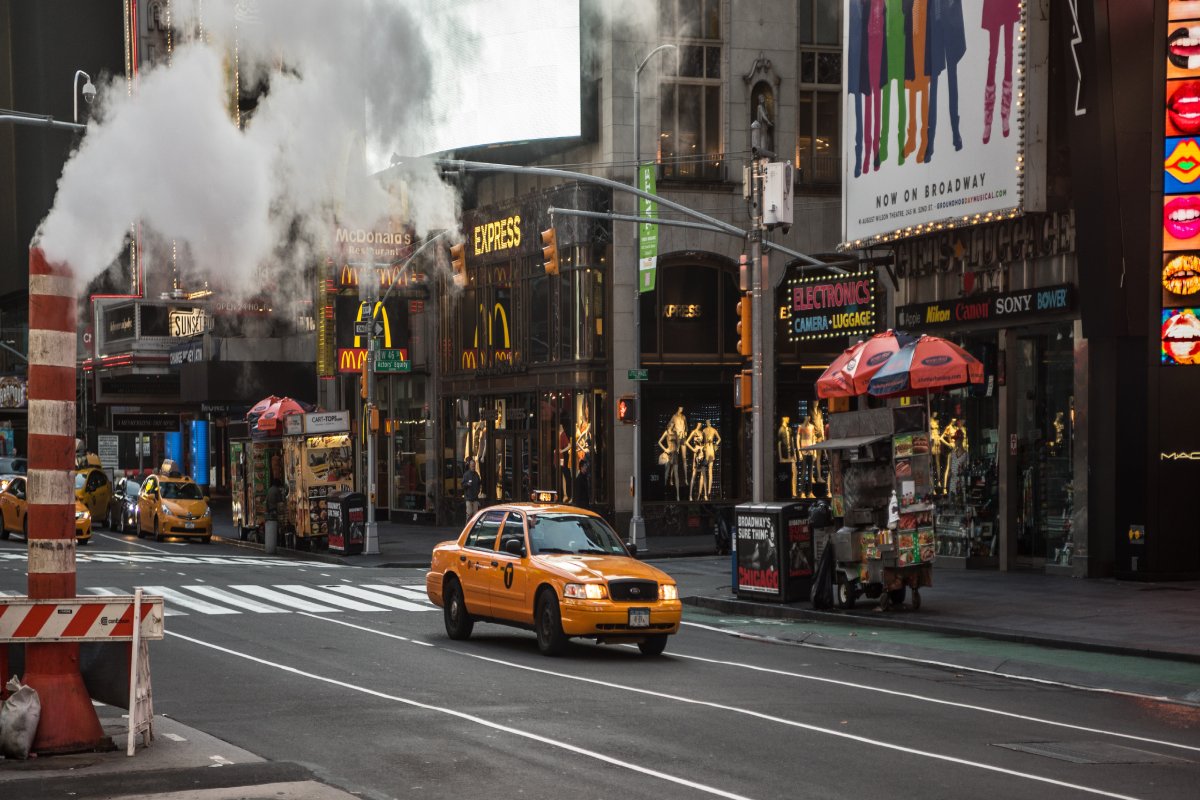Skift Take
With no choice, U.S. tourism businesses are being pushed away from China and toward other markets.
U.S. tourism organizations and businesses are replacing the billions of dollars in Chinese tourist spending with other markets.
“How do you replace that spending?” said NYC Tourism + Conventions CEO and President Fred DIxon. “We’re relying on some of our really strong markets where we have a lot of strength like Brazil.”
Before the pandemic, Chinese tourists spent $35 billion in 2019, making them the largest tourism market in terms of spend, said Brand USA CEO and President Chris Thompson.
For LA and New York, China was among the top spenders. “In 2019, it was our number one market in terms of total spend,” said LA Tourism CEO and President Adam Burke.
In New York City, Chinese tourists spent an average $3,000 in 2019, which was 60% higher than the average for all international visitors, according to the New York State Government.
Replacing this market will be difficult. “Any market that had a significant number of Chinese visitors right now, they’d be hard-pressed to find a way to recover that market as far as overall spend,” said Thompson.
For some U.S.-based tour operators, China was a huge chunk of their business. “Customers from China took about 50% of our clientele,” said Rich Sun, CEO of Jupiter Legends.
Tourist attractions like New York’s Broadway are also feeling the China pinch. “China was a big market for us and they’re really not back at all,” said Charlotte St. Martin, president of Broadway League.
Chinese group travel segment is the “missing piece,” said New York’s Dixon. The Chinese government has not approved the U.S. as a destination for outbound group travel. Air service between China and the U.S. is at 10% of its pre-pandemic level.
Long wait times for a first-time visitor visa have also been a roadblock for Chinese tourists, said LA’s Burke.
New York’s Dixon and LA’s Burke don’t know when Chinese tourists will return in large numbers. “We don’t know what that pace of recovery is going to be yet,” said Burke.
The National Travel and Tourism Office forecasts the U.S. won’t reach its 2019 level of 2.8 million Chinese visitors until 2027.
In the meantime, Los Angeles Tourism has been focusing more on its markets in the Pacific and across the Atlantic. “We really have redeployed some of our investment to focus on Australian, New Zealand, UK and Ireland because those are likely to be our top overseas markets this year,” said Burke.
China-focused tour operators have had no choice but to diversify. Jupiter Legends now services more U.S-based clients and focuses more on Asian-Americans in the U.S. and Canada, said Sun.
For both New York and LA, India will play a role in filling the Chinese tourist gap. While air connectivity between China is weaker than before the pandemic, India has expanded, especially with the Tata’s acquisition of Air India. “It has so much opportunity and potential,” said Dixon. “We’re excited about that market.”
San Francisco Travel CEO and President Joe D’Alessandro earlier this year said SF is looking to India as a replacement for China’s absence and cited enhanced air connectivity has a key reason.
The Chinese spending gap is one of the latest issues Skift spoke about with several CEOs of the destination marketing organizations from top U.S. tourist destinations. Among the other issues:
- Securing the 2026 FIFA World Cup final game.
- The damage visa delays do to international marketing.
- Replacing the loss of Chinese tourist spending.
- Where they are investing their federal Covid relief funds.
- Supporting return-to-office policies to revitalize downtowns and more
Skift India Report
The Skift India Report is your go-to newsletter for all news related to travel, tourism, airlines, and hospitality in India.
Have a confidential tip for Skift? Get in touch
Tags: asia, brand usa, brazil, china, india, los angeles, new york city, nyc

